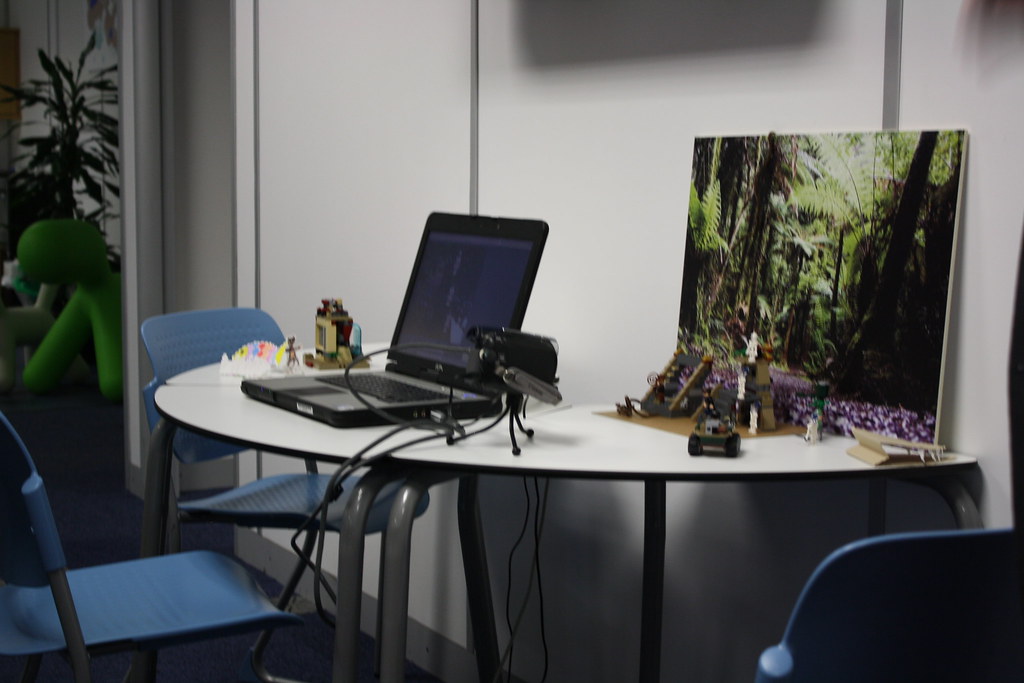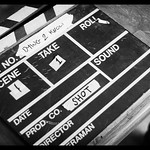Story
Story is KING! Without a story your video is just unrelated pretty pictures. All videos have to have some kind of story or theme that holds it together. Without a compelling story everything else in this post doesn’t matter.
Framing: Basic Shot Composition
Photographers and videographers refer to the Rule of Thirds as a cornerstone of taking good shots. Put simply, don’t place the subject of your photo directly in the middle of the frame. Have them one third into your frame from either side. Watch the video below for more info.
Lighting
Lighting will make or break a shot. There are two parts to great lighting. The first is to make sure your subject is well light. If you’re videoing people make sure their faces are well lit. This can be as easy as filming near a window or outside.
Once you’ve made sure your scene is well lit, think about using light for dramatic effect. Videographers and photographers talk about the golden hour. The golden hour is the first hour of daylight right around sunrise and the last hour right around sunset. Golden hour gives your shots a warm colour.
This video gives more detailed ideas for shooting at the golden hour.
Sound: Capturing Audio
Make sure you capture the best sound possible. People will watch less than perfect video but poor audio quality will have them clicking on to something else to watch very quickly. Here are some tips to ensure you capture good audio.
Film in a quiet place where you can control background noises. When you get to your filming location, stop and listen. Listen for noisy fans, humming refrigerators or barking dogs. If your location is noisy fix it.
Have your microphone up close to your talent. This may mean using a mic on a boom pole but it can be much simpler than that. It may be as simple as getting your camera closer to your subject. I once stuck my iPhone in my actor’s shirt pocket and used the Voice Memos App to record the audio as I filmed. It was a back up to a fancier audio recorder I was using. As it turned out the batteries in my audio recorder died so I used my iPhone’s audio for the last few minutes of the video. Nobody noticed.
If you want to learn more about capturing audio the Vimeo Video School Blog has lots of resources including Sound good, feel good: things to consider when capturing audio. It is good for anyone wanting to do a deep dive into capturing audio for videos.
Sound: Background Music
Background music can be great but be purposeful when you use it. Your favorite song may not be the best music for your video.
Instrumental songs—songs without lyrics—are usually best because the brain can’t multitask. If people in your video are talking while there’s a song with lyrics playing in the background, the viewer’s brain tries to listen to both sets of words and it can’t. At least it can’t do it well. Scientifically, this is known as cognitive load.
So use music without lyrics but that’s not enough. It’s important that the volume of the background music is kept much lower than the actors speaking in your video. iMovie has a cool feature that lets you automatically drop the audio levels of the background music. It’s pretty handy. Use it but also check that it’s done it right by listening carefully to your entire movie. You may find that you have to make some further adjustments.
If you’re looking for more audio ideas Vid Authority has some more in depth tips for using background music in videos.
There you have it—Story, Shot Composition, Lighting and Sound. Control each of these elements and you’ll be on your way to your first Oscar!


 Digital storytelling is a very broad topic so I’ll focus on two types–the
Digital storytelling is a very broad topic so I’ll focus on two types–the 


Recent Comments